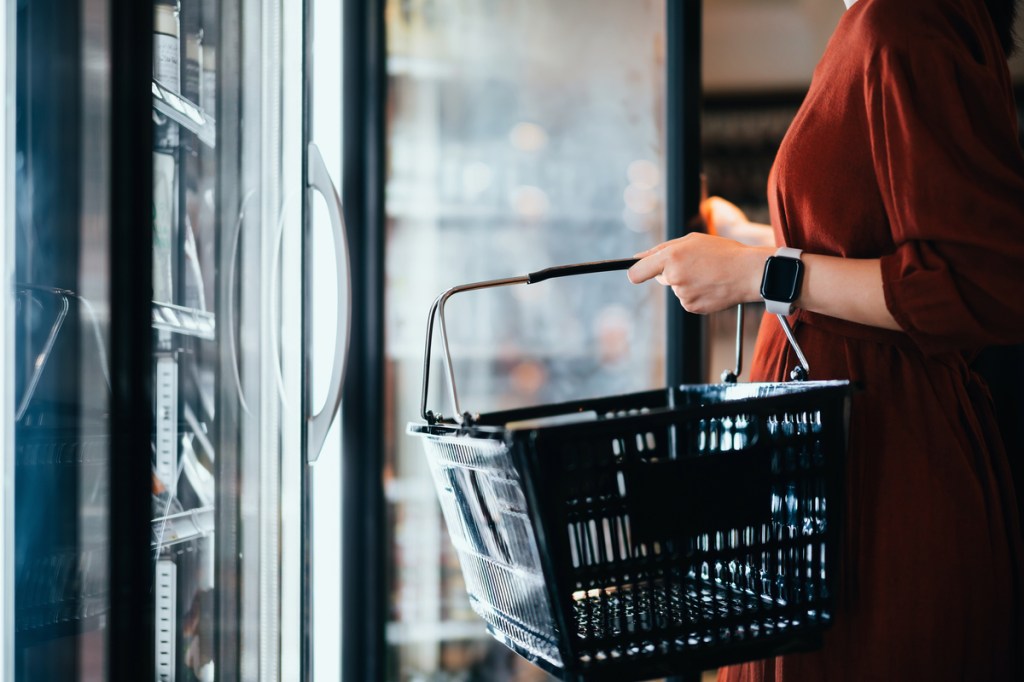What are SNAP benefits?
The Supplemental Nutrition Assistance Program (SNAP) is a program in the United States that provides food benefits to low-income families to supplement their grocery budget. Benefits vary state-to-state but share the common goal of reducing poverty and food insecurity while stimulating economic growth. Eligible households are provided funds on a debit card that can be used to buy staple foods but cannot use these benefits for certain categories of products (alcohol, tobacco, vitamins, pet food, prepared meals, etc.). SNAP recipients need to use other means of payment when purchasing restricted items or dining in restaurants.
In March 2020, in response to the additional economic hardships being experienced by consumers at the beginning of the COVID-19 epidemic, the USDA approved states to provide SNAP households with extra benefits known as emergency allotments. A study estimated that these emergency allotments helped to keep 4.2 million people above the poverty line in the last quarter of 2021, reducing poverty by 10 percent. These emergency allotments have been phased out over time (depending on each state’s policy), with all emergency benefits ending after February 2023.
How has purchase behavior among SNAP-assisted consumers been impacted since these emergency allotments have been discontinued, and how can retailers and manufacturers react to these shifts in behavior?
Shifting spending intentions for households with SNAP benefits
A September 2023 NielsenIQ BASES study revealed some interesting differences between SNAP and non-SNAP consumers when they asked respondents how they planned to change their spending habits in the next six months. 58% of households who receive SNAP benefits said they intended to decrease spending on dining out, compared to 37% of non-SNAP households. Similar differences were seen in categories that see no relief from SNAP-benefits – like alcohol, outings/activities, and pet/pet care, while only a 3% difference exists for groceries.
Opportunities exist to appeal to convenient meal solutions
Respondents in SNAP-households said they were purchasing meals out 2-6 times per week for breakfast (32%), lunch (35%), and dinner (42%), opening the door for an abundance of these meal occasions to be satisfied at home. According to NielsenIQ Homescan data, SNAP consumers are looking for quick or easy-to-make food and beverages, with 15 of the top 20 highest-indexing super categories (i.e. sweet snacks, frozen meals, frozen meals) fitting that need. As SNAP households pull back on out-of-home food consumption, manufacturers and retailers have an opportunity to find appealing options to satisfy meal occasions across the entire day that are affordable, convenient, or that feel like an event.
Changes in channel preferences emerge
Since the end of the additional emergency allotment funds in February, there has been strong evidence of channel shifting among shoppers with SNAP benefits, as value retailers within Dollar, Mass and Club now account for almost half of all Food and Beverage spending from these households. If this trend were to continue, that would translate to a 52-week loss of over $2.3B for Grocery retailers.
Generally speaking, consumers who use SNAP benefits are significantly less deal-reliant than Non-SNAP households, but among SNAP households it was Older Bustling Families, Younger Bustling Families, and Start Up Families that saw the largest increases in share of volume on deal year-over-year.
Keeping SNAP benefits top of mind
As of April 2023, more than 22 million households received SNAP benefits – translating to 12.5% of the total U.S. population. While retailers and manufacturers plan for 2024 and beyond, it’s important to recognize that shoppers with SNAP benefits compose a significant opportunity in CPG and develop strategies that rise to meet their needs this evolving marketplace. It is clear that SNAP households are pulling back on out-of-home food consumption, so ensure that your portfolio has offerings to appeal to their desire for affordable and convenient meal solutions. Additionally, CPG players should continue to track the purchase behavior among these groups and consider aligning your promotion calendar with SNAP benefit payouts, especially in states with a higher concentration of SNAP households. Continuing to dive deeper into the demographics of SNAP and Non-SNAP households can also help with encouraging trial or switching behavior.
Stay ahead by staying in the loop
Don’t miss the latest NIQ intelligence—get The IQ Brief in your inbox.
By clicking on sign up, you agree to our privacy statement and terms of use.



